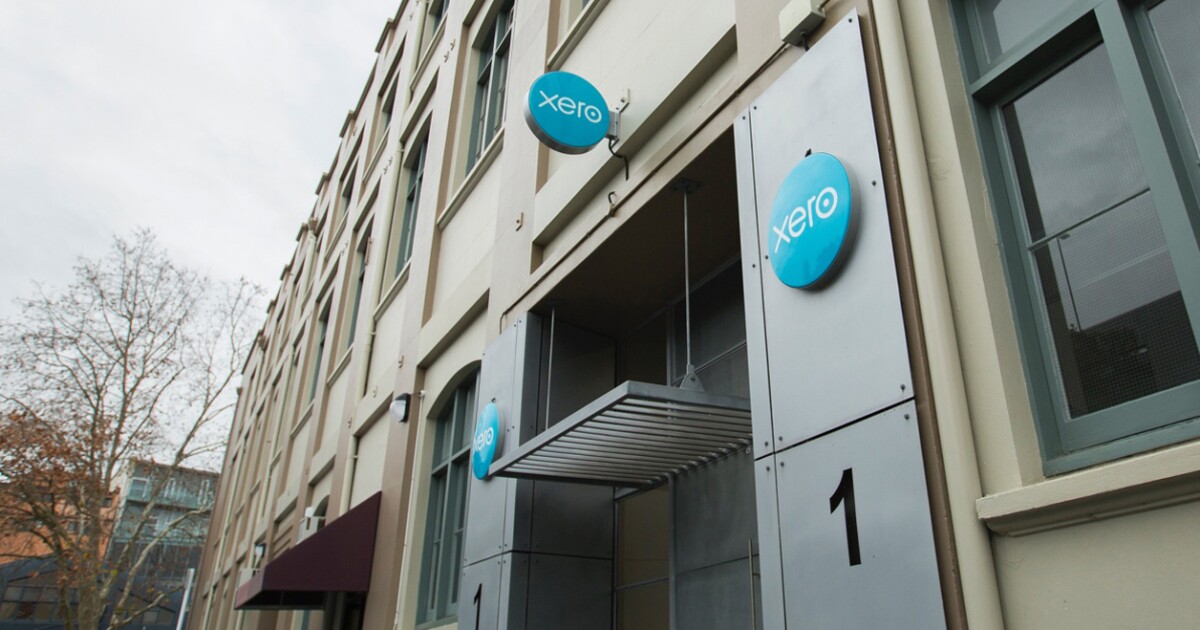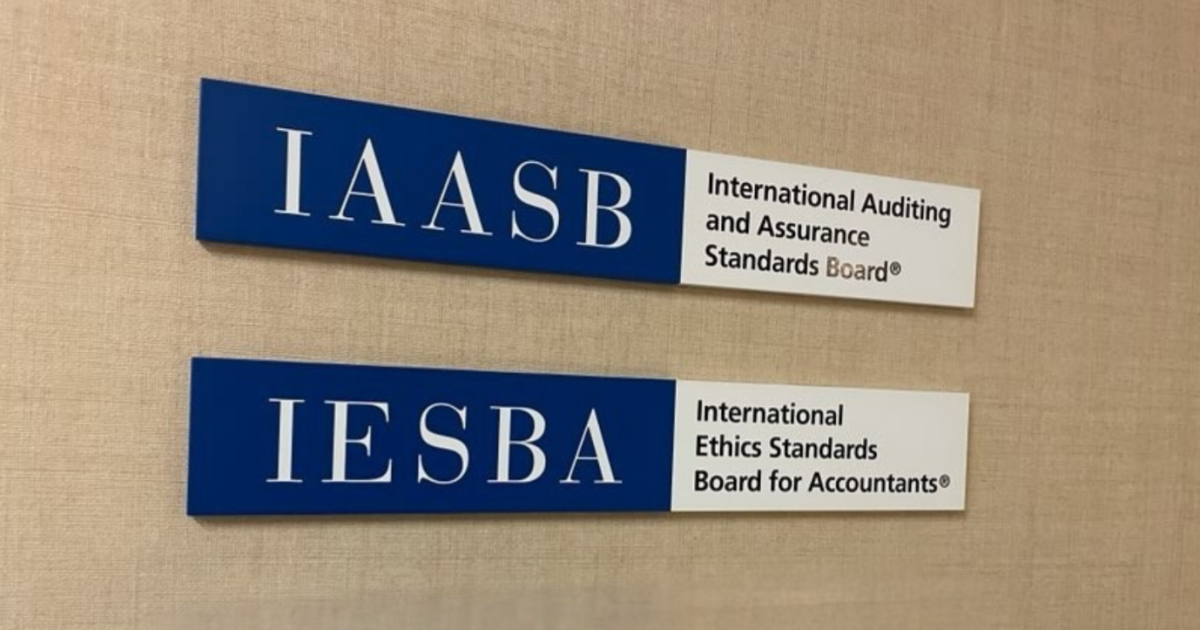Small business accounting platform Xero announced that it is beta testing a new generative AI assistant called Just Ask Xero, or JAX, which sports a control system that Diya Jolly, chief product and technology officer, said ensures accuracy and security.
Speaking during Xero’s annual Xerocon event in Nashville, she noted that Xero is “no stranger to AI” as “it powers a range of our products,” but what’s different here is that JAX uses generative AI to automate tasks and provide guidance through a plain language interface. So while, before, someone might press a button that says “create an invoice,” then type in the line items and then type in the prices and then check the total, users would be able to simply tell JAX to create an invoice, and the AI will pull from the relevant data to deliver the result.
“All of that is already in your email. You already typed it out once. Why do you need to type it again,” she said in a later interview, noting that it’s “just more natural” to interact with a plain language interface versus navigating through tabs and menus to get things done.
Jolly said that accuracy is one of the key differentiators for its AI system. The tendency for large language models to give inaccurate information, particularly where numbers are concerned, is well known at this point. This has led to a certain degree of hesitation from professionals to deploy generative AI for serious accounting work (see previous story). Jolly nodded to these concerns, noting that “most of our competitors” are pursuing models that are very generic and prone to hallucinations.
“While there is power in generative AI, it has to be bound for accounting. … We cannot launch something in accounting where we do not have a high level of belief in its accuracy. This is our product. What are we doing if we’re not accurate?” she said.
To this end, JAX was trained on a very specific set of data. More generic models such as those developed by Microsoft or Google are trained on massive data sets because it is intended for users to apply them to a wide set of functions. Jolly said that JAX was trained on more specialized data, such as being able to recognize an invoice or a quote, or understand terms like cash outstanding or accounts receivable. This helps the AI stay on task and avoid some of the confusion that can come from other models.
Beyond this, however, the accuracy of the outputs are further bolstered by the fact that JAX was described as a hybrid AI that combines a large language model with machine learning and deep learning models. JAX itself does not actually do the work but, rather, acts as a go-between with the human user and the other AI models.
So, if a user asked JAX for a cash flow projection over the next quarter, JAX would understand the request; then, it would convert this request to actual machine code which then gets passed onto the deep learning and machine learning AIs on Xero’s servers; these models would then perform the necessary calculations using the data they are allowed to access; the results, in machine code, would then be passed back to JAX, which would then translate the information back into plain language for the user to see. This is all part of what Xero called “JAX Assure” which Jolly described as a sort of control center that keeps the results accurate.
“Because this is accounting, we want to be a lot more precise. So we can’t leave it up to the generative AI models to tell you cash outstanding. So then we use the machine learning, deep learning models to do the task. We are pretty confident, then, that we’re not going to get hallucinations… because, again, the AI models convert the language but the actual calculations happen with our [other] models,” she said.
She also highlighted the AI’s mobile compatibility. People can access JAX through a mobile device, so they’re not tied to a desk, they can do what they need to do wherever they are. Jolly said she was often frustrated by the fact that she would go to meetings with “all these bills and receipts” but couldn’t do anything with them until she could get to her computer later.
“So the fact that I just sent a quote or just created an invoice… the fact you can do it from email, you can do it from WhatsApp, it is extremely liberating and efficient for small business users as well as an accountant. So, being able to get paid, being able to make sure you’re staying on top of what you need to do to get your business moving, I think is cool, because believe it or not most of our businesses, when they have to send invoices or whatever at night, they forget,” she said.
These features are only the beginning. Jolly, during her presentation, said that JAX, over time, will be in more and more of the Xero platform where it might be able to do things like check for anomalies or find specific types of transactions. Regardless of what it does, though, Jolly said the key differentiator will be its accuracy.
“I think our accuracy will be our long sustaining [differentiator], like ‘hey we found a way to do gen AI that is accurate. And private,” she said.
JAX is currently in beta. Those who are interested in taking part can click here.


 Economics1 week ago
Economics1 week ago
 Economics1 week ago
Economics1 week ago
 Personal Finance1 week ago
Personal Finance1 week ago
 Blog Post7 days ago
Blog Post7 days ago
 Personal Finance1 week ago
Personal Finance1 week ago
 Economics6 days ago
Economics6 days ago
 Economics7 days ago
Economics7 days ago
 Economics1 week ago
Economics1 week ago











